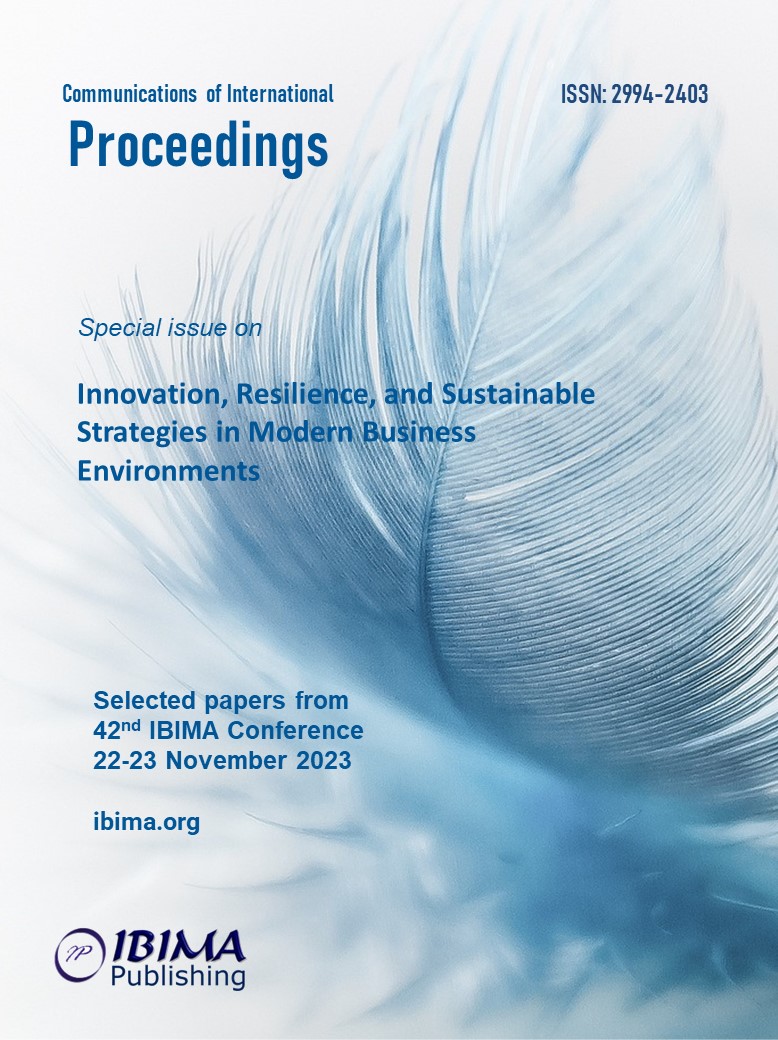
Frantz Daniel FISTUNG, Cornelia NEAGU, Marius BULEARCA and Cristian SIMA
Center for Industry and Services’ Economics, Romanian Academy, Bucharest, Romania

This study aims to outline a new model of sustainable urban development starting from the concept of ‘green city’. The need to adopt a new paradigm in urban development is necessary both in view of the accelerated evolution of population growth at urban level and the rapid degradation of environmental factors and living conditions in these areas. This is why we present the evolutions over time of the concept of sustainable city, with all its elements and characteristics, and the authors will propose the new concept of “integrated sustainable city”. A modern city reconfigured on the basis of the concept of integrated sustainability will have all the current functions, but it will consist of several hubs or neighborhoods that can give the inhabitants of the area access to all types of essential services, while significantly reducing the degree of travel to reach the different locations. For a better perception of the new design, the elements convergent and divergent between the new type of urban development and the ‘15-minute city’ are briefly presented. Some concrete examples of cities that have now been granted the status of ‘green city’ are also presented. The most illustrative way we have imagined this new model of urban development (integrated sustainable) is that of a molecule (the city in its entirety) made up of numerous atoms (the quarters or hubs). Each molecule in turn has all the elements necessary for survival and multiplication, and together with the other molecules form and support the development of the cell, the sustainable integrated city, in our case. The study is based on multicriteria analyses of data related to urban localities on both national and international plans.